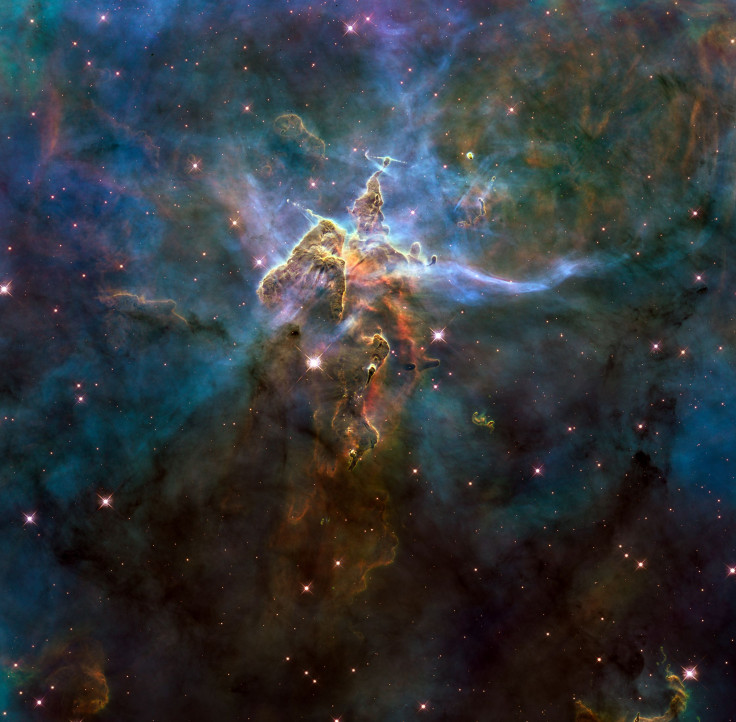Oxygen was not absent in Earth's atmosphere 2.7b years ago; Melbourne researchers find world's oldest cosmic dust in Australian rocks

Melbourne researchers have analysed microscopic remains of world’s oldest cosmic dust locked in Australian rocks and have come to the conclusion that the Earth’s atmosphere was not oxygen-deficient 2.7 billion years ago. They revealed that the atmosphere during that time was pretty similar to today’s oxygen-rich air.
The study by Monash University’s School of Earth, Atmosphere and Environment was published in journal Nature. The scientists analysed some of the oldest fossil micrometeorites and found out that space dust was once composed largely of metallic iron. The iron oxidised as they passed through Earth’s primitive atmosphere.
This has come as a big surprise to scientists and geologists as they believed that there wouldn’t have been enough oxygen in our planet’s atmosphere to do such a thing. According to some scientists, it was only 2.4 billion years ago that the first oxygen-producing algae appeared. They sparked a massive oxidisation event that filled Earth’s atmosphere with life-giving oxygen gas.
The most important aspect of this new study is that it has made the scientists rethink that finding oxygen in a distant planet may not be the only way to find possibility of life. The study has considerable implications when it comes to searching life in other planets.
“Our research was based on micro-meteorites, about the width of human hair, extracted from samples of ancient limestone in Western Australia's Pilbara region. Using cutting-edge microscopes, we found that most of the micro-meteorites had once been particles of metallic iron that had been turned into iron-oxide minerals in the upper atmosphere,” said Dr. Andrew Tomkins in a statement.
Tomkins said that it was for the first time that scientists found a way to sample the chemistry of ancient Earth's upper atmosphere. Surprisingly, the sampling indicated much higher concentrations of oxygen that expected. In order to explain the observations, British researchers led by Dr. Matthew Genge from Imperial College performed calculations to prove that for such a thing to happen, oxygen levels 2.7 billion years ago had to be similar to modern day levels.
It is possible that early Earth had a layered atmosphere with little vertical mixing. Upper atmosphere’s high levels of oxygen may have been produced due to breaking down of carbon dioxide by sun’s ultraviolet rays.
“It seems that a layer of methane haze separated the oxygen-rich upper layer from the oxygen-starved lower atmosphere ... The methane in such a layer would absorb ultraviolet light, releasing heat and creating a warm zone that inhibited vertical mixing,” Tomkins explained.




















